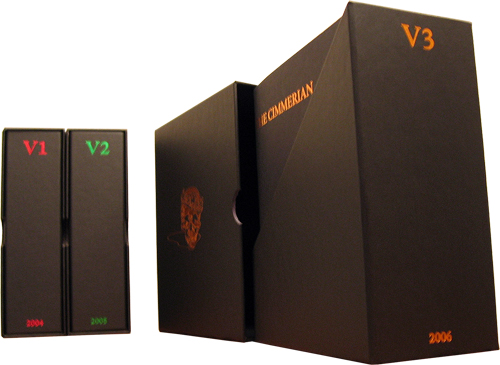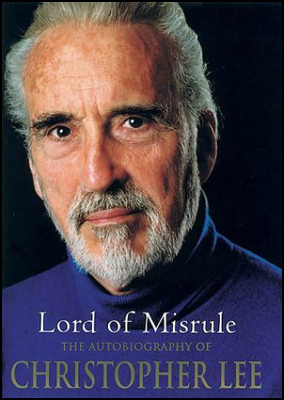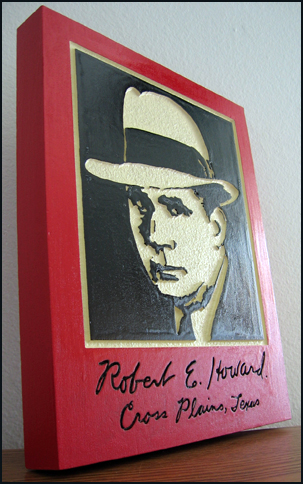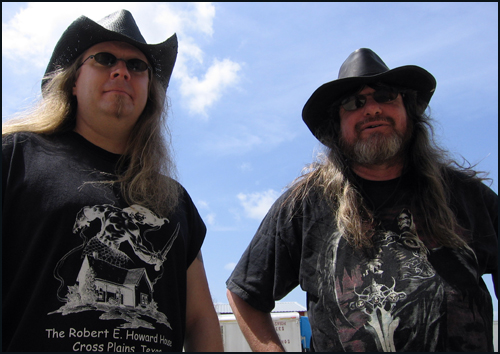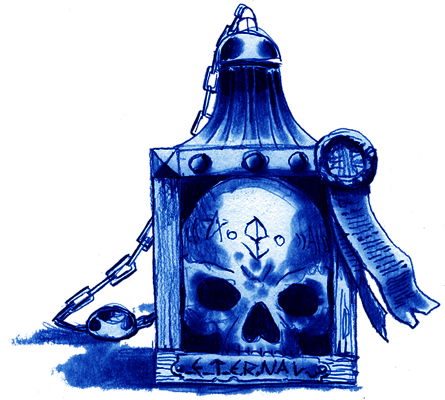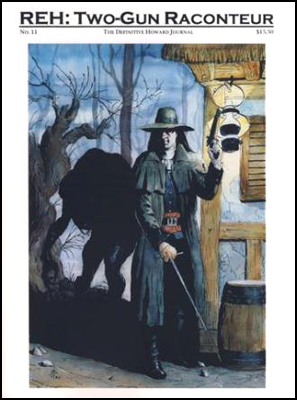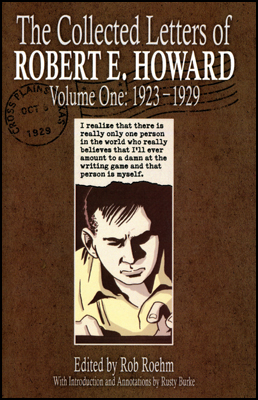June ish and slipcase update
Saturday, June 30, 2007
posted by Leo Grin
Just a quick post to let subscribers know that the latest orders are eeking out of Cimmerian central at the rate of four or five per business day, so if you haven’t received yours yet do not despair, it is coming. Now that the Centennial year is nearing its spiritual completion (the V3 Index is the last obligation to meet on that score) I’m going to start emailing confirmation numbers again for every order, so keep an eye in your in-box for that, which will let you know when its on its way.
The perils of running a one-man shop are becoming more apparent as time goes on. Only so many boxes can fit into a car during any one trip, only so many Cimmerian-related hours can be squeezed out of any one week, and only so many new subscribers can be added to the rolls before the task of invoicing/packing/mailing grows to near-insurmountable proportions. This, by the way, is why I don’t take subscriber money up front. Delays aren’t fun, but at least you don’t have $$$ wrapped up in them.
The good news is that those who have seen the slipcases have gone ga-ga over them. Last night the venerable Donald Sidney-Fryer, a man who has seen a lot in his day, declared that they were “among the finest examples of collector packaging I’ve ever seen.” I don’t know about that, but it was sure something to pack one of them full of Deluxe V3 issues and put it up on the shelf next to the first two. Seeing it there taking up so much space brought home how extensive the 2006 Cimmerian achievement had been. That’s a whole lot of writin’ sitting in that slipcase.
The August issue is shaping up nicely, with a Cross Plains trip report unlike any others I’ve printed, written as it is from the vantage point of a new attendee to the event. I’m going to try to get the Awards issue finished in time to mail along with the August issue, but no promises on that score.
A few new Cimmerian library booklets are nearing completion as well, some Howard-related, and some focusing on aspects of legendary genre (and REH) publisher Arkham House. Once those get up to 10 issues or so, I’ll look into making a slipcase for them, too.
On the fantasy scholarship front, check the Black Gate website this Sunday for an article by Ryan Harvey about Poul Anderson’s classic Icelandic saga homage The Broken Sword.


